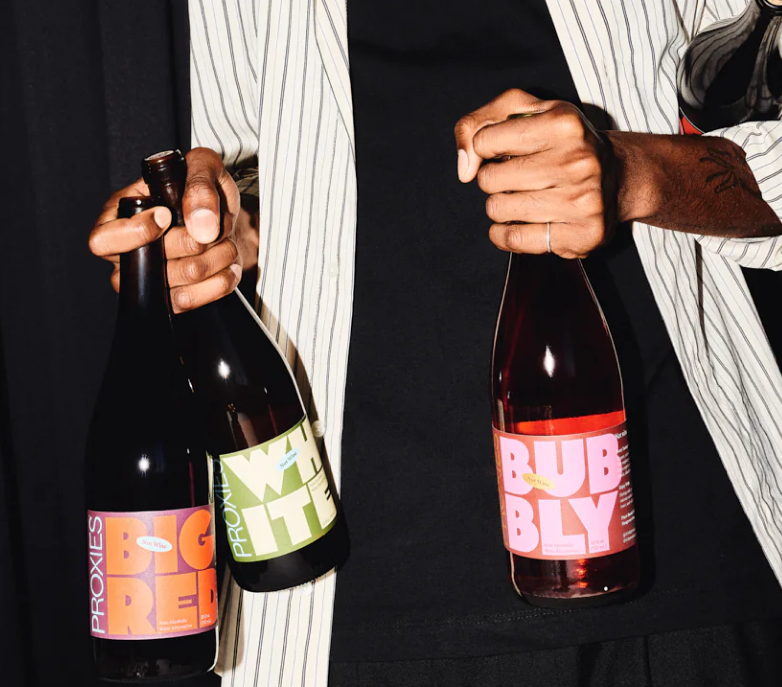
Acid Test with Valerie Chang
Share
We’re so excited to have chef Valerie Chang as the next guest in our Acid Test interview series.
Chang was born in Peru but at ten moved to South Florida. There, her father Fernando found work as a busser at a sushi bar before eventually working his way up to work as a sushi chef. Valerie and her brother Nando followed his lead, starting by helping their father with catering gigs and then training in professional kitchens. In 2018, the family came together to open Itamae in Miami, fusing flavors of their native Peru with traditional Japanese technique.
Peruvian-Japanese, also known as Nikkei cuisine, presents the irresistible pairing of raw fish with bright Peruvian sauces loaded with spice, fat, and tons of acid. And few do it better than the Changs do at Itamae and their newer spot, B-Side Sushi. Itamae’s Pulpo al Olivo—classic hamachi avocado maki paired with bracing leche de tigre and fruity olive oil, topped with a bold olive aioli, thin slices of poached octopus and a mountain of bright sarza criolla is one of our favorite acid-driven dishes of all-time, so Chang definitely knows her way around acid.

What does acidity mean to you?
Sharpness, tartness, reviving, exciting!
What does acidity bring to food?
Acidity brings the tone to a dish. It speaks for me to the guest.
What are some of your favorite ways to feature acidity in your cooking?
I use lime, lemon, or vinegar in almost every single dish I cook.
Do you have a favorite flavor-tripping memory?
Trying cocona for the first time in Tarapoto, Peru. It's a fruit that is similar to a tomato but that has a lot more umami and acidity. You can make a ceviche with it, without having to add too much acid. You can make sauces, you can make anything.






